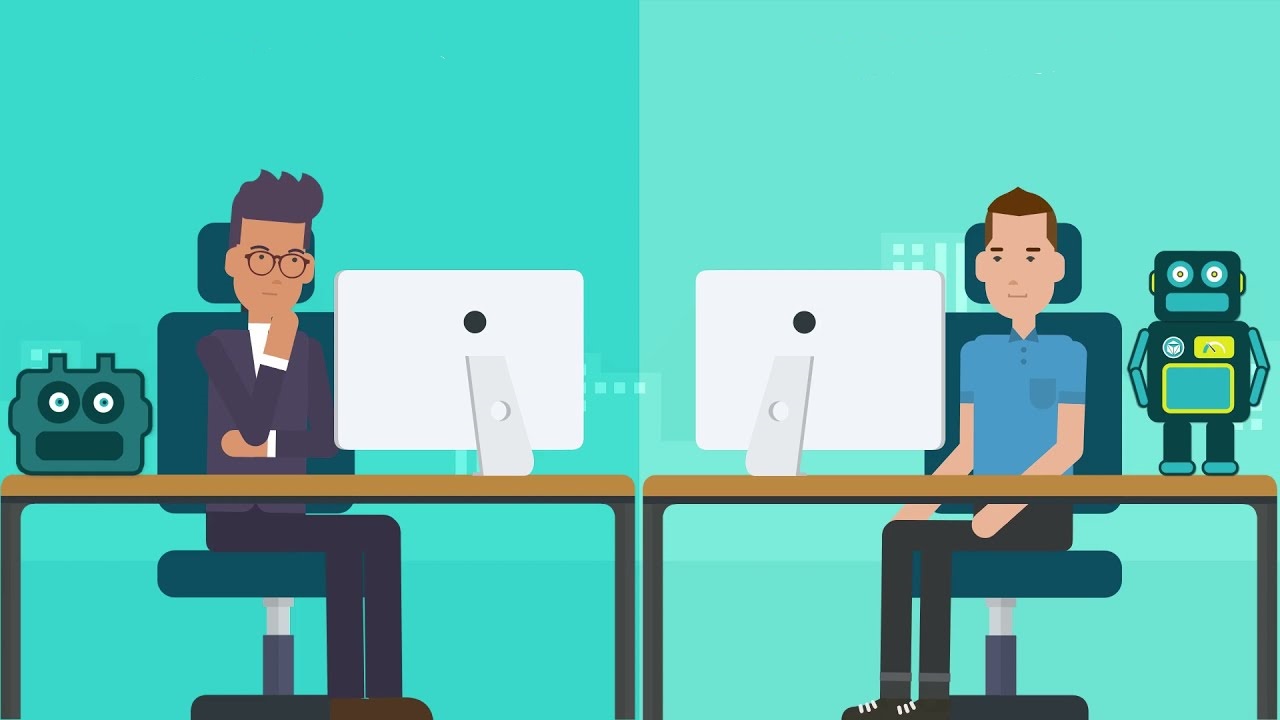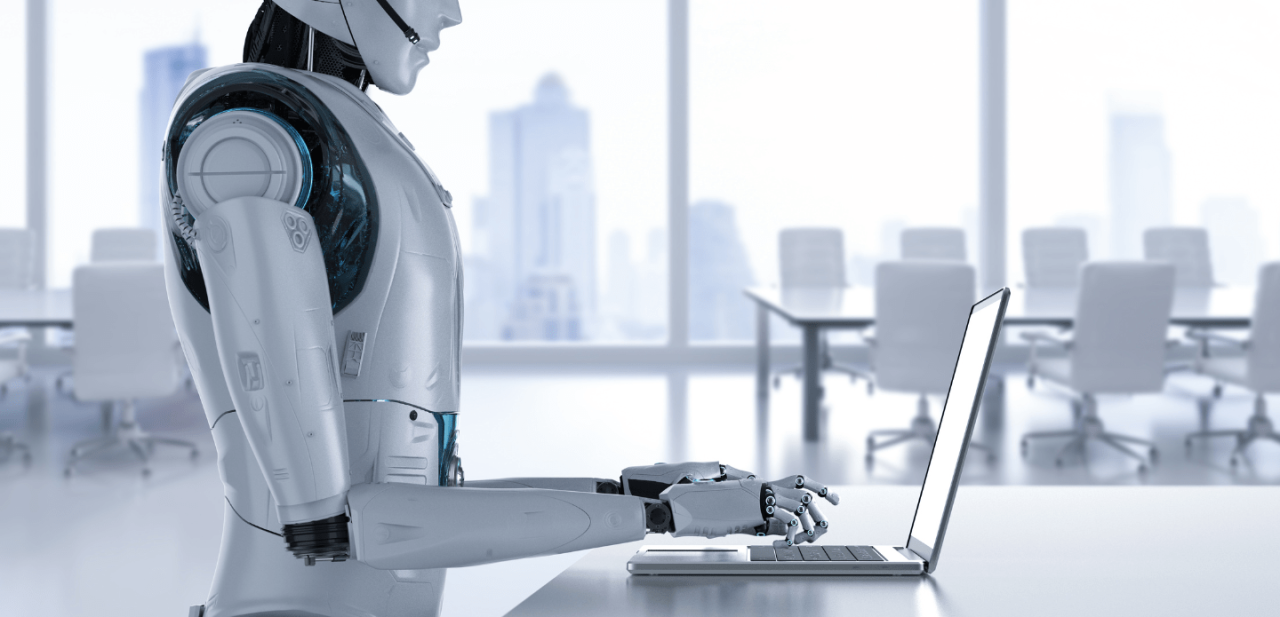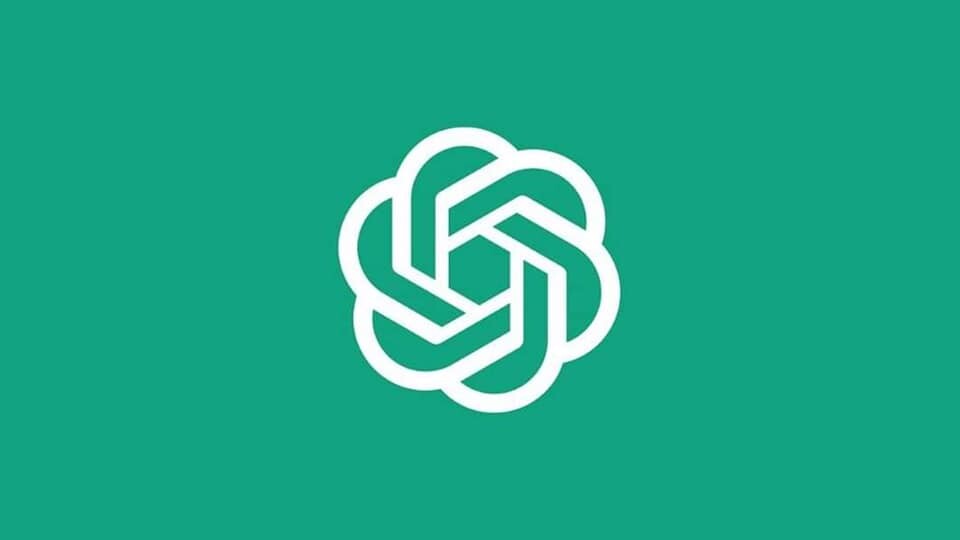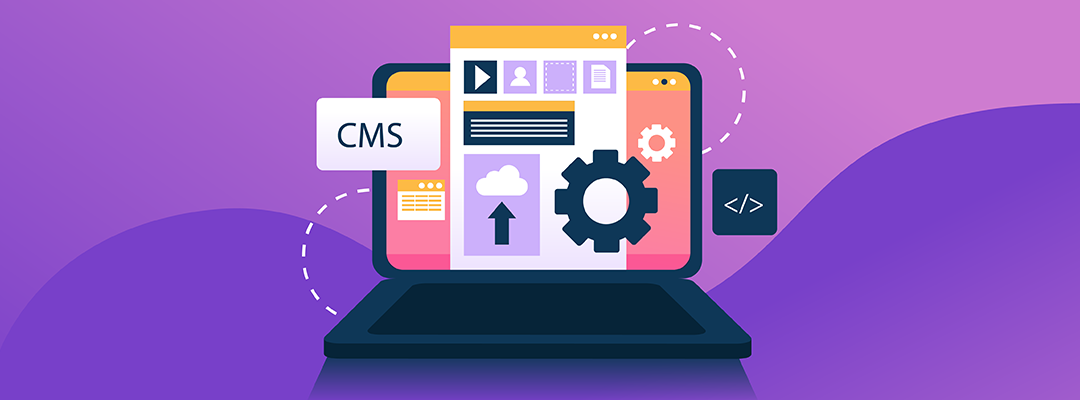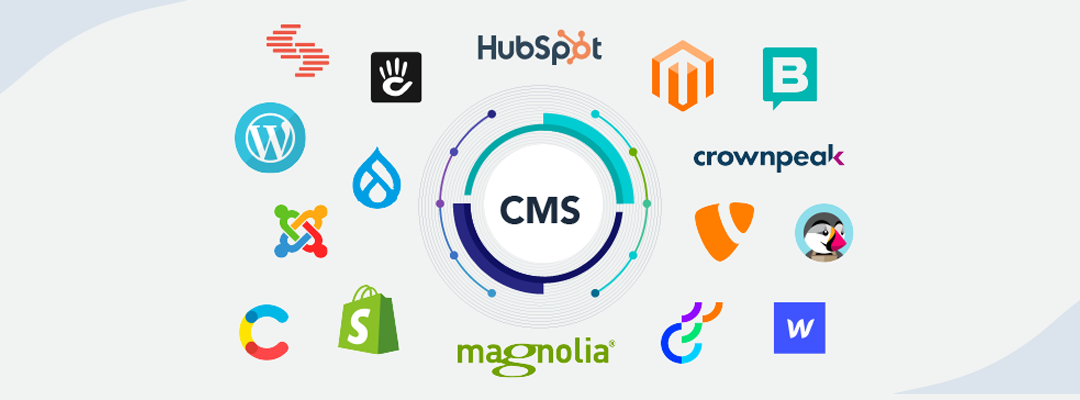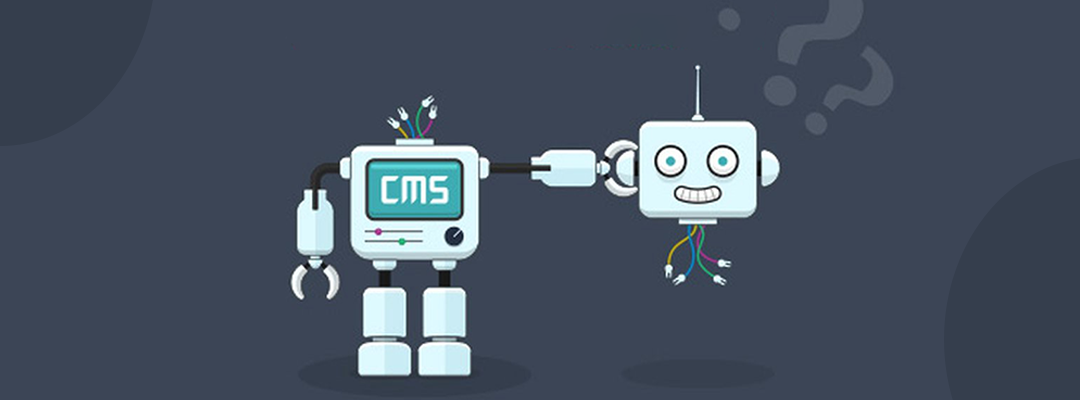In today’s digital age, content management has become essential to any business’s marketing strategy. Companies must create, manage, and distribute content effectively to remain relevant and competitive. Content management systems (CMS) have evolved over the years to help businesses achieve these goals. However, with the rise of headless CMS, traditional CMS systems are being challenged. Today, we’ll explore the differences between traditional CMS architecture and headless CMS and how they impact content velocity and digital evolution.
Traditional CMS
A traditional CMS is an all-in-one platform that handles content creation, management, and delivery. It provides a complete solution for businesses building and managing websites, blogs, and other digital assets. These systems typically have a user-friendly interface allowing non-technical users to create and publish content easily. They also offer a range of templates and themes that can be customized to match the brand’s look and feel. This gives it more value as a custom CMS.
Traditional CMS features are broadly defined as ease of use and affordability. They are a great option for small to mid-sized businesses that need to manage their content in-house. However, they do have some limitations. Traditional CMS platforms are designed for devices and channels like desktop and mobile websites. This means that creating content for emerging channels, such as voice assistants, smartwatches, and digital signage, can be challenging.
Headless CMS
A Headless CMS, on the other hand, separates the content creation, management, and delivery processes. It focuses on content creation and management while leaving the delivery part to other platforms or applications. This means that businesses can use different delivery channels, such as mobile apps, IoT devices, and chatbots, without being restricted by the CMS’s limitations.
Headless CMS platforms provide an API (Application Programming Interface) that enables developers to access content from anywhere and use it on any device or application. This API-first approach makes it easier for businesses to adapt to new emerging technologies and channels. It also allows developers to create custom user experiences that match the brand’s look and feel.
Headless CMS platforms are a great option for large enterprises with complex content management needs. They offer flexibility, scalability, and faster time-to-market for digital products. However, they can be more expensive and require more technical expertise to set up and maintain.
Digital Evolution
The world of digital marketing is constantly evolving, and businesses need to keep up with the latest trends and technologies to remain competitive. Traditional CMS features have limitations that hinder a business’s ability to adapt to these changes. For example, they may not be optimized for mobile or voice search, which can impact a website’s ranking on search engines. They also may not support emerging channels, such as chatbots or augmented reality. limiting a business’s ability to engage with customers.
Headless CMS platforms, on the other hand, offer businesses the flexibility to quickly adapt to new technologies and channels. They enable businesses to create custom user experiences that match the brand’s look and feel and can be used to create content for emerging channels. This means that businesses can stay ahead of the curve and deliver exceptional customer experiences that stand out from the competition.
Content Velocity
Content velocity refers to the speed at which businesses can create, manage, and deliver content. It’s a critical factor in today’s digital age, where businesses must create a constant stream of content to engage with customers and stay relevant. Traditional CMS platforms may limit content velocity by making it difficult to create and publish content quickly. They may also limit the number of channels on which content can be published, which can slow down the delivery process.
On the other hand, Headless CMS platforms are designed for speed and agility. They enable businesses to create and manage content quickly and efficiently. And they can be used to publish content on multiple channels simultaneously. This means businesses can increase their content velocity, creating and delivering content faster than ever. This is especially important in industries where trends change quickly, and businesses must keep up with the latest news and developments.
Conclusion
When it comes to Headless CMS vs. Traditional CMS, each has its pros and cons. Traditional CMSs are user-friendly and affordable, making them a great option for small to mid-sized businesses. However, they may limit a business’s ability to adapt to emerging technologies and channels. On the other hand, Headless CMS platforms offer flexibility, scalability, and faster time-to-market, making them ideal for large enterprises with complex content management needs.
They also enable businesses to adapt quickly to new technologies and channels, helping them stay ahead of the competition. In today’s digital age, content velocity, and digital evolution are critical to a business’s success. And businesses need to carefully consider their CMS options to achieve their goals. If you’re looking for a service provider that can make the tough choices for you regarding traditional and Headless CMSs, then Golpik Inc. has got you covered! With experts’ finest CMS development services, you can rest easy knowing your projects are in safe hands.




